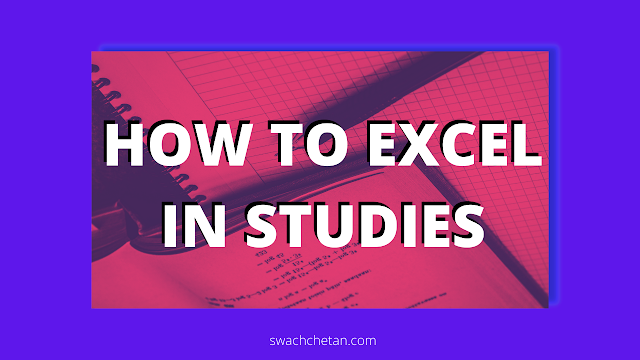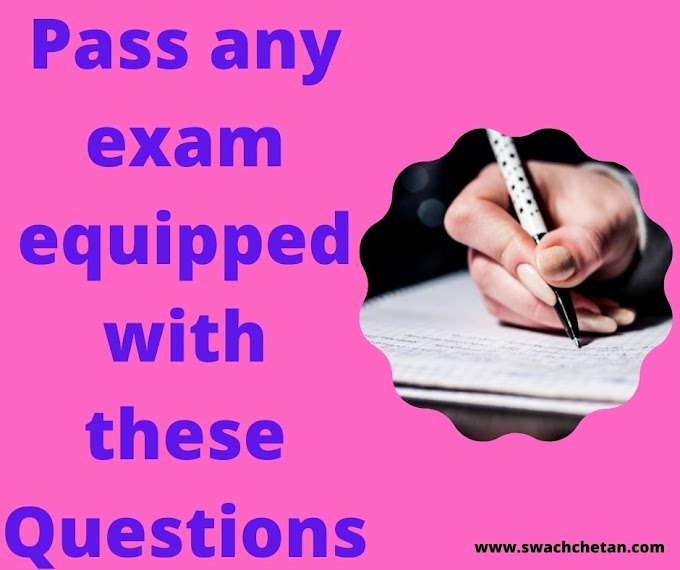How to use the six-step strategy in studying a Textbook when there are so many techniques?
1. GENERAL
LAYOUT
Your first job is to understand and clarify the GENERAL LAYOUT of the Textbook in terms of the syllabus, the outline of the study material, as well as its structure.
Understand and clarify:
The syllabus divided into sections and/or chapters
Outline of study material
Structure of the Textbook
2. RELATIONSHIP
The next step is to discover the RELATIONSHIP that exists between one chapter and the other. In addition, it is necessary to fuse such a relationship between chapters so that there is continuity in the association of ideas.
Between:
One section and another
One topic and another
One chapter and another within the Textbook
One subject and another subject
3.
MEANING
The third requirement is to elicit the MEANING, the central idea, on which a piece of the given information is based.
Central Idea of the Textbook
Core Issues
Basic Information
4. WORKING MEMORY
The meaning should be sustained for a given amount of time in the WORKING MEMORY so that proper assimilation of information is possible. This can be carried out through attention, rehearsal, and eidetic imagery.
Sustaining information
Assimilation of information
Attention
Rehearsal
Eidetic Imagery
5.
PARALLEL PROCESSING
Understanding is far clearer and easier when PARALLEL PROCESSING of information takes place rather than serial processing alone.
No serial Processing
No Convergence
No Divergence
6. REORGANIZATION
Finally, the material so learned should be ORGANIZED and STORED through techniques of chunking, tagging, and retrieval cues.
Chunking
Tagging
Retrieval Cues












Please do not include any spam links in the comment box.